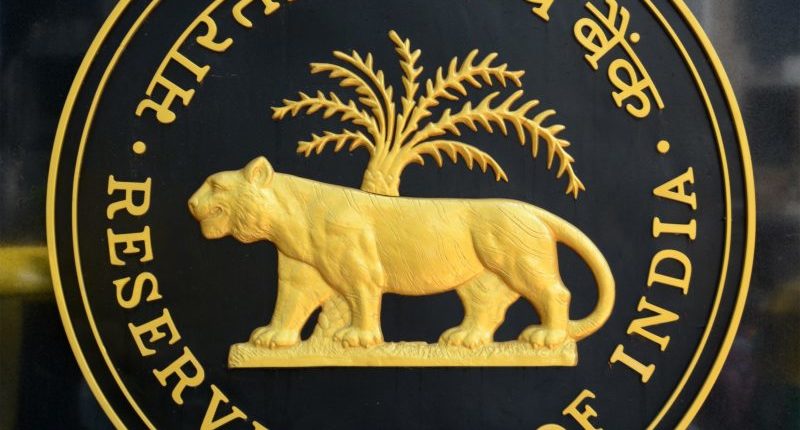The Reserve Bank of India (RBI) reduced its Repo rate by 25 Basis Points from 6.25% to 6%. The subsequent rate cut is surely good news for banks and its end customers. The customers had to bear the burden of higher home loan interest rates in the last year due to the rate hike
The recent rate cut will reduce the deals for customers seeking home loans, car loans, etc which may have a direct impact on the amount of Equated Monthly Installment (EMI) that customers pay for their loans.
Repo rate is the rate at which the RBI lends money to commercial banks in the event of any shortfall of funds. When you borrow money from the bank, they charge interest on the principal, which is the cost of credit. Similarly, banks too can borrow money from RBI during cash crunch on which they must pay interest to the Central Bank. This interest rate is the repo rate.
Banks follow the RBI’s monetary policy on raising or reducing lending rates and accordingly revise their retail loan rates. Every time banks decide to reduce the interest rates housing, auto, education loans would become cheaper while the EMI burden on retail consumers would fall.
Let us assume that a customer has taken Rs 40 lakh home loan for a tenure of 10-years. The current interest rate offered by the State Bank of India is 8.75 per cent which results in an EMI of about Rs 50,131 for the customers. Now, when the repo rate goes down, the interest rate comes too lowers down to 8.5 per cent, customer’s EMI comes down to Rs 49,594. This might not be a huge difference per EMI wise, but when you total the reduction in your payable interest, it is somewhere close to Rs 64,500.
Hence, the reduction in the repo rate by the banks will benefit the end customers looking for home loans, car loans etc. because of the lower EMI’s.





